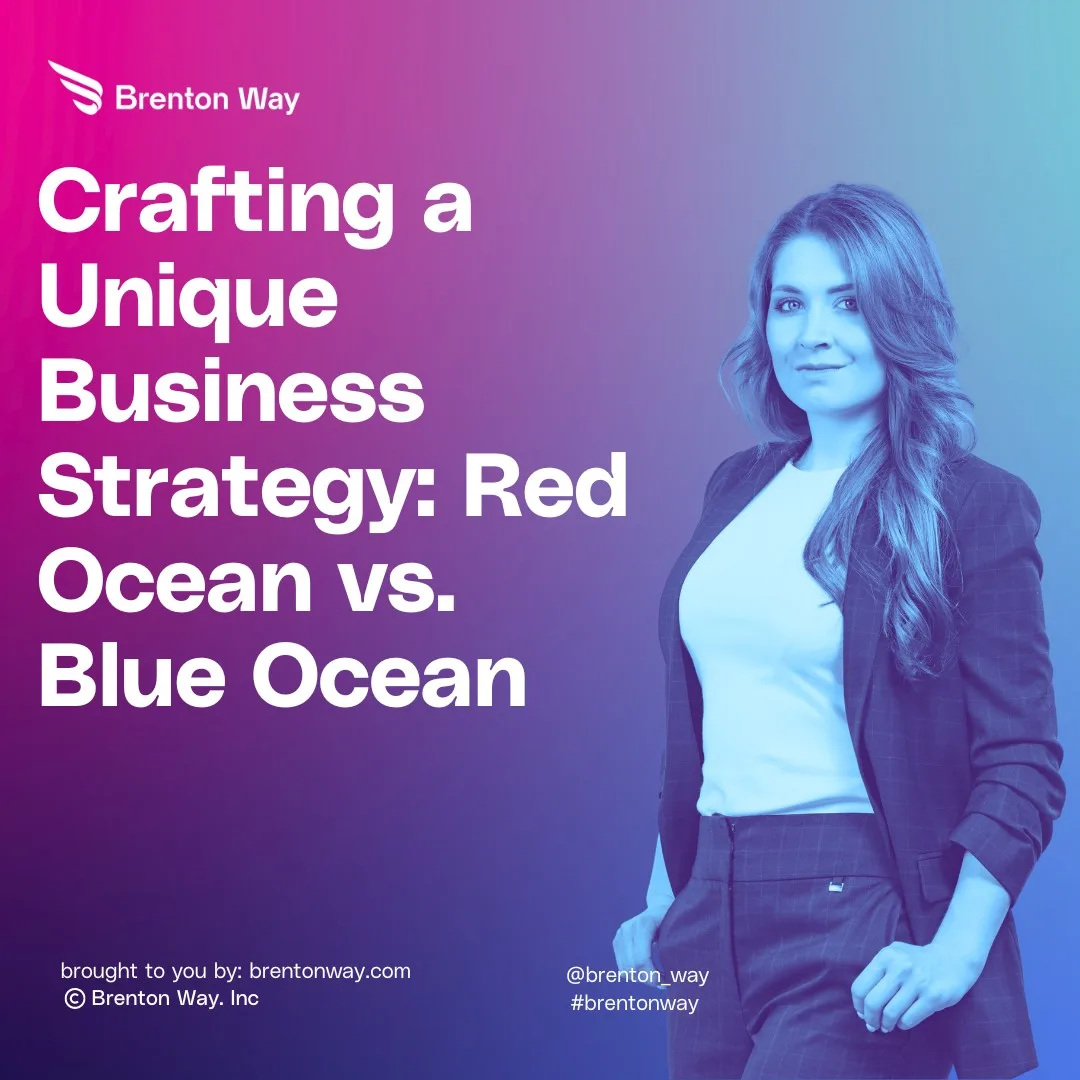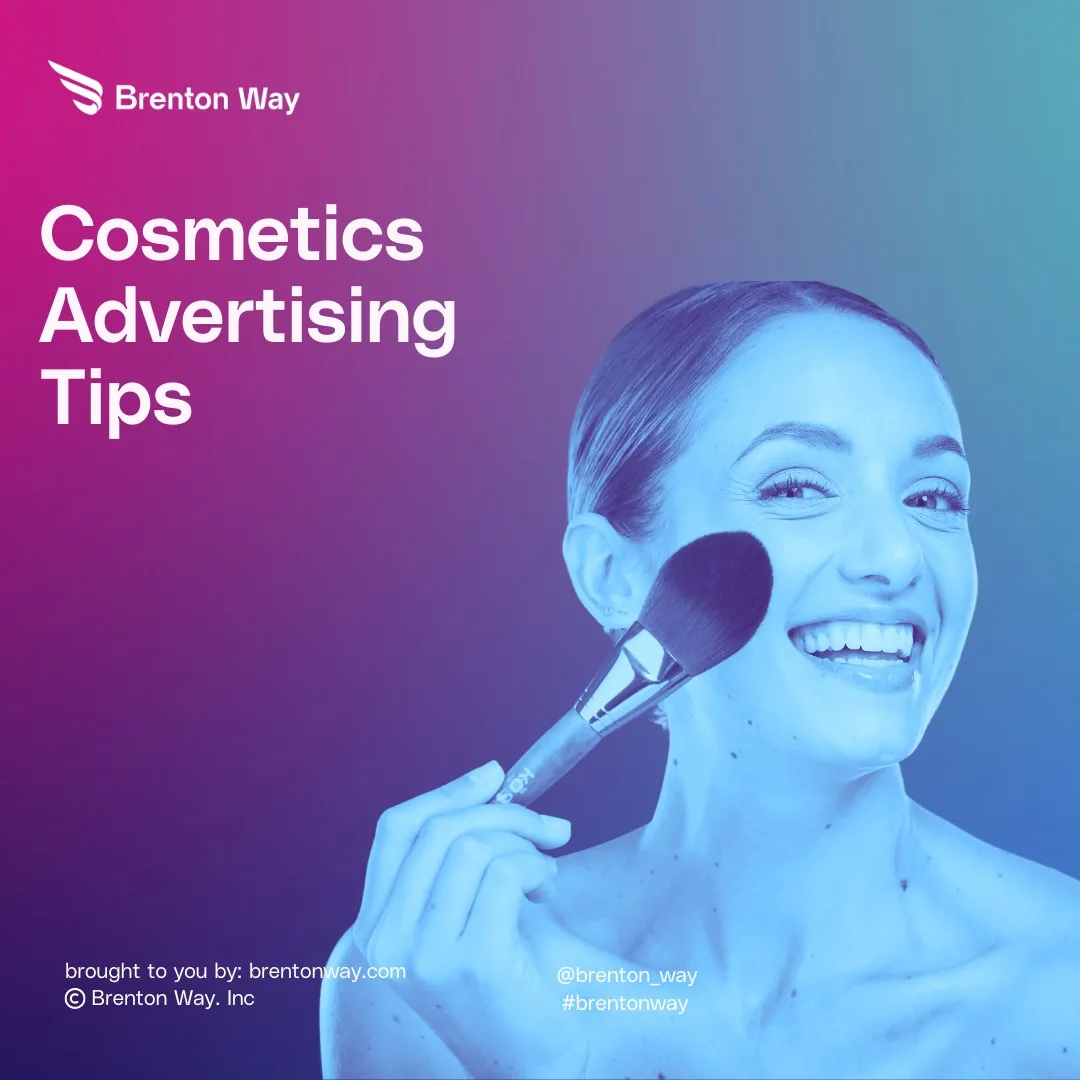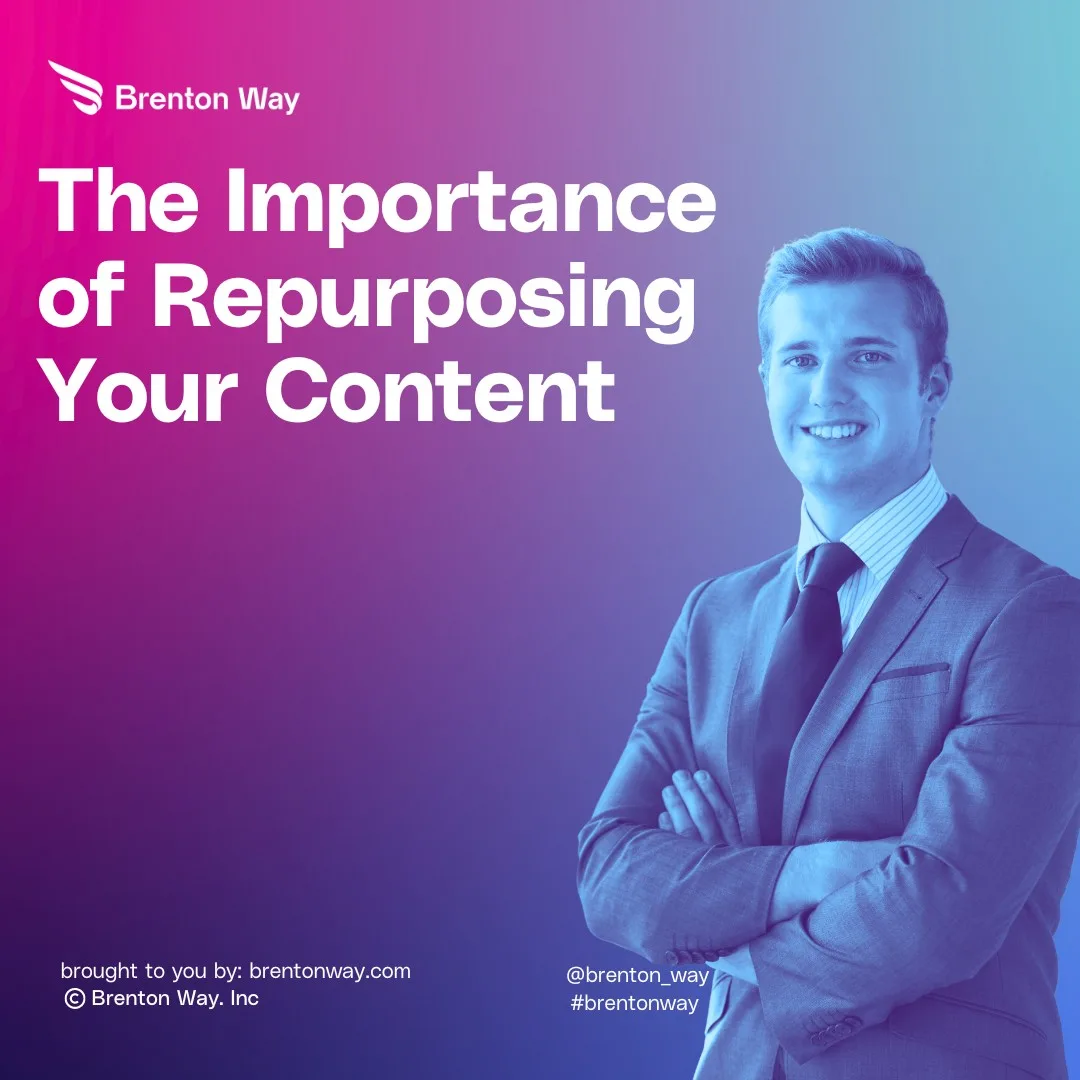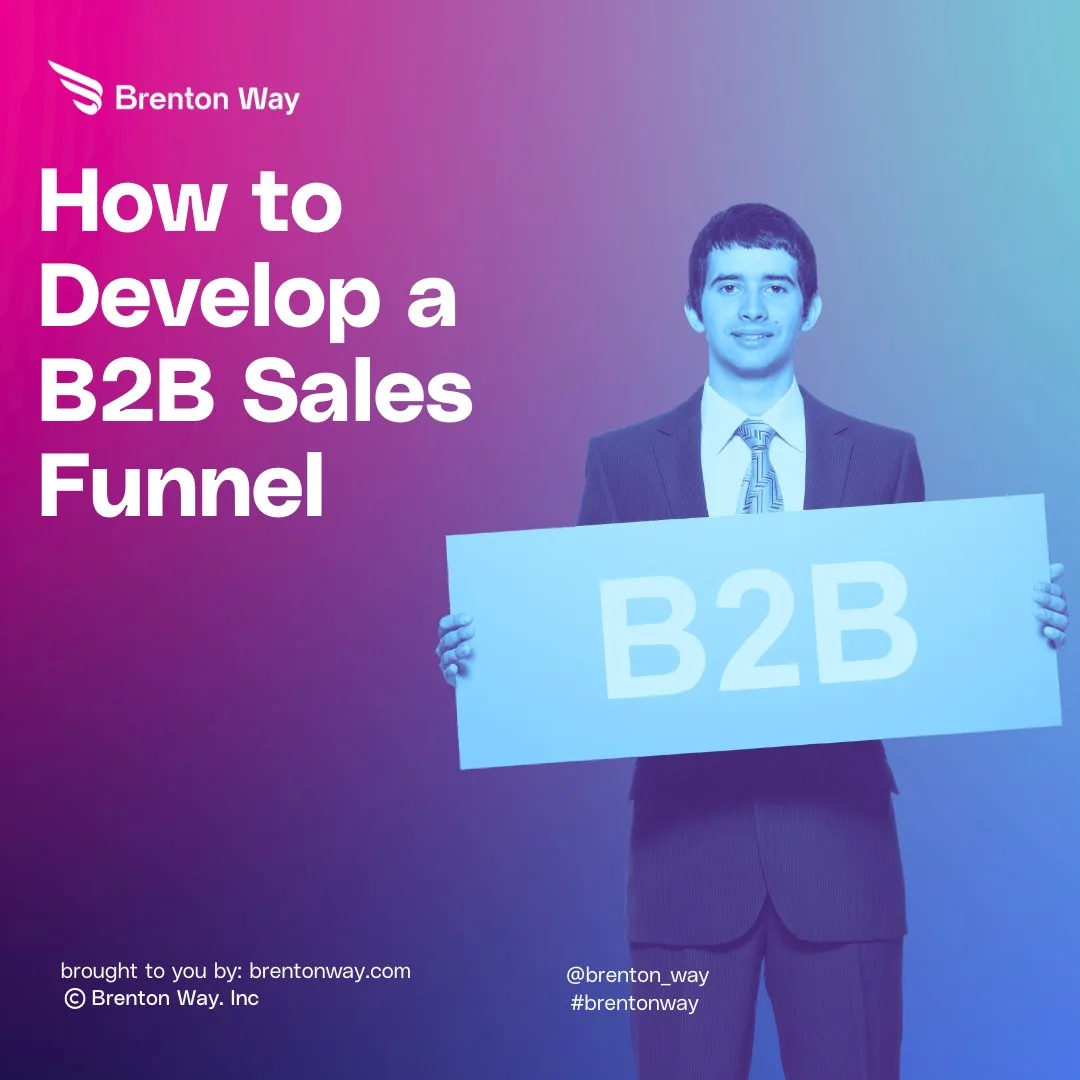
Cosmetics advertising should showcase the USP of your beauty products and should follow the latest skincare marketing trends. The best cosmetic product commercials should be fun, informative- and product-focused. Cosmetic advertising strategies help increase brand awareness, ensuring consumers know about the skincare brand and its offerings. Moreover, effective skincare marketing tactics highlight cosmetic products’ unique […]

Cosmetics advertising should showcase the USP of your beauty products and should follow the latest skincare marketing trends.
The best cosmetic product commercials should be fun, informative- and product-focused.
Cosmetic advertising strategies help increase brand awareness, ensuring consumers know about the skincare brand and its offerings.
Moreover, effective skincare marketing tactics highlight cosmetic products’ unique features, benefits, and positioning, helping them stand out from other brands.
Let’s understand the best cosmetic product ad strategies to help you create benefit-driven cosmetic marketing campaigns.
Cosmetics marketing promotes beauty products through various channels to draw purchasers and power sales.
The top platforms for skincare product marketing are:
Key factors of effective cosmetics advertising are:
Beauty and makeup marketing offers the following benefits:
Also See: Skin Care Market Size, Consumer Trends and Forecast: Top Stats [2030]
Early forms of cosmetics marketing can be traced back to historical civilizations, including Egypt, Greece, and Rome. In those societies, cosmetics were often related to reputation, ritual, and religious practices. Advertisements were communicated through word-of-mouth, visible shows, and occasionally written testimonials on the efficacy of high-quality beauty merchandise.
During the Middle Ages and Renaissance, cosmetics advertising persevered to be added on with the resource of cultural and non secular beliefs. The use of cosmetics became now and again arguable, with a few religious governments condemning their use. However, cosmetics persisted in being marketed via non-public guidelines, demonstrations via journeying buyers, and illustrations in books and manuscripts.

The Industrial Revolution delivered massive upgrades in manufacturing and transportation, essential to the mass manufacturing and distribution of makeup products. Cosmetics advertising during this era via the usage of and big depended on print media, including newspapers, magazines, and posters. Beauty brands started to apply persuasive language and imagery to attract consumers, emphasizing the advantages of their products.
Also See: Best Skincare and Beauty Content Marketing Examples
In the 20th century, they created a dramatic transformation in cosmetics advertising and with the upward push of mass media, which incorporates radio, television, and cinema. Beauty product manufacturers capitalized on those new systems to obtain wider audiences and show off their cosmetics via advertisements, sponsored applications, and movie star endorsements. Iconic slogans, jingles, and visible imagery emerged as synonymous with makeup advertising.
In the latter half of the 20th century, they witnessed similar improvements in cosmetics advertising, collectively with the advent of color printing, virtual pix, and laptop-generated imagery. Brands commenced diversifying their marketing and advertising techniques, incorporating product placements in films, collaborations with celebrities and influencers, and interactive digital campaigns on the net and social media systems.
Skinfluencers for beauty and makeup brands help cosmetic brands get their products in front of people with the highest chances of buying them.

To reach out to skincare creators:
A stunning beauty website should have inspiring product pages.
As a skincare brand, you have only a few seconds to capture the attention of your target buyers.
Hence, your cosmetic website should have all the essential elements to capture your customer’s attention online.

Here are some of the best website designing tips for beauty brands:
Also See: Beauty Advertising Guide For Skincare Brands
Your cosmetic product landing page should have a hero image.
High-quality hero images help to grab visitors’ attention and immediately make a good first impression.

Apart from the primary hero picture, you should add more high-quality images of your cosmetic products that offer visible appeal and professionalism.
Text cosmetic ads alone cannot generate conversions. With stunning and bold pictures, you can visually showcase the features and benefits of your cosmetic products to create a place for your brand in the consumer’s minds and hearts.

Create beauty product videos to showcase cosmetics, skincare, haircare, and personal grooming in engaging and informative ways.
Video’s visual and experiential nature allows consumers to see products in action, aiding in informed purchasing decisions.
Whether through live-action demonstrations, customer testimonials, or behind-the-scenes glimpses, videos bring beauty brands to life.
Follow these tricks for creating beauty videos for cosmetic ads:
You can use platforms like Lumiere3D’s no-code, browser-based platform for creating cosmetic product videos effortlessly. This all-in-one solution empowers you to create cinematic masterpieces, utilizing advanced features like an AI scanning tool for 3D modeling, dynamic camera movements with the AI Operator, and customizable 3D scenes.
The software elevates your brand’s presentation, allowing you to showcase your cosmetics from every angle and captivate your audience with visually stunning videos.
Also See: Plastic Surgery Marketing Agencies: Best Choices For 2024

Emphasize how your products solve buyers’ skincare problems.
Talk about unique and innovative formulations. Embrace ethical practices, offering socially responsible beauty solutions.
Use phrases like “dermatologist-approved” to gain customer trust and showcase sustainability with eco-friendly packaging and practices.
Here are some of the best ways to boost your beauty brand USP:

Run beauty PPC campaigns on platforms like Google, Bing, and others.
Select high-performing cosmetic industry keywords for targeted visibility and prepare consumer-focused ad copies to attract product buyers.
Create optimized landing pages to achieve great results and utilize extensions for additional information and incentives to improve ad visibility.
Also See: Cosmetic Branding Guide For Makeup Brands
The secret to successful beauty brand marketing lies in the art of storytelling.

Like a captivating movie or book, effective storytelling absorbs the audience, making them feel like a part of the narrative.
Engaging, emotional, and entertaining stories create lasting impressions and captivate audiences.
Cosmetic companies can leverage storytelling through brand narratives, personalization, social media, influencer marketing, and product storytelling.
Here are some beauty storytelling tips to make your beauty brand memorable:
Today’s consumers use social media for their beauty research.
Building a strong social media presence for your cosmetic product is necessary as beauty enthusiasts increasingly explore and purchase products online.

To achieve this, use the following strategies:

User-generated content for the beauty industry includes content created by customers showcasing their experiences with beauty products. You can:
UGC beauty content marketing can take a variety of formats:
Also See: Plastic Surgery Marketing: How To Get Started?
Optimizing SEO for cosmetics and beauty brands involves strategic steps to enhance online visibility and attract a target audience. Begin with meticulous keyword research, utilizing tools like KeywordsFX to identify relevant search terms precisely.
Develop a content strategy that creates unique and informative content to position the brand as an industry authority.
Implement on-page optimization techniques, including strategically placing keywords in titles, headings, and meta descriptions. Prioritize local search optimization by incorporating location keywords strategically.
Also See: Best SEO Practices for Plastic Surgeons
Leverage Google Search Console for monitoring and addressing technical aspects. Build quality backlinks, considering guest posting to boost credibility.
Recognize the distinctive nature of cosmetic products, tailoring the SEO approach for a specialized impact. Collectively, these tactics contribute to increased brand awareness and organic traffic.

Aso See: Skincare SEO Guide For Makeup Companies

Testimonial videos and case studies are engaging tools in the beauty industry to showcase real experiences and results with your products.
Examples of Beauty Testimonial Videos:
Examples of Cosmetic Case Studies:
Also See: Beauty Copywriting Tips & Examples

Create stunning makeup tutorial videos using a quality camera like a DSLR.
Essential Tools Needed:
Setup Tips:

Leading brands like Sephora and L’Oreal leverage VR to allow users to try cosmetics virtually, enhancing the online shopping experience.
Beauty AR apps enable real-time virtual makeovers, helping customers visualize products before purchase.
These technologies provide personalized experiences, boosting customer engagement and satisfaction.
To utilize VR and AR for cosmetics advertising, you can develop dedicated apps or integrate features into existing platforms, offering virtual try-ons, makeup tutorials, and product demonstrations.
Also See: Best Beauty Salon Marketing Ideas To Attract More Customers
Supporting cosmetic ad claims with scientific evidence adds credibility and transparency to product marketing.

Utilize research studies, clinical trials, and dermatologist endorsements to substantiate product efficacy and benefits claims in your cosmetic advertising ads.
Communicate the methodology and results of any scientific testing, emphasizing statistically significant outcomes.
Highlight key ingredients and their proven effects, referencing reputable scientific journals or dermatological associations.
For instance, Neutrogena, a skincare brand, effectively backs up its cosmetic claims with scientific evidence. In their advertisements, Neutrogena references dermatologist-backed clinical trials that demonstrate the efficacy of their products.
They collaborate with skincare experts to conduct independent research, publishing results in peer-reviewed journals. Neutrogena’s “Clinical Proof” campaign showcases before-and-after images from rigorous testing, providing consumers with tangible evidence of the product’s impact on skin health.
By transparently sharing scientific findings and involving reputable professionals, Neutrogena reinforces the reliability of its cosmetic claims, fostering trust among consumers.

To infuse emotional appeal into skincare advertisements, focus on storytelling that resonates with consumers’ feelings and aspirations.
Craft cosmetics advertising narratives around personal journeys, self-confidence, and the emotional impact of achieving healthy skin. Use relatable characters and situations to create a connection with the audience.
In their “Face Anything” campaign, Olay adeptly employs emotional appeal in skincare advertising. The campaign features strong and diverse women facing various challenges, emphasizing that having great skin empowers them to face anything.
Also See: Best Plastic Surgery Advertising Strategies
Running social media giveaways in the cosmetic industry involves setting clear KPIs, such as increasing branding or promoting new products.

Engage participants with simple entry mechanics like liking, sharing, or commenting, ensuring transparency through clear rules and deadlines.
Offering compelling prizes, such as popular cosmetic products or exclusive bundles, attracts participants. Promote the giveaway extensively across various channels, including social media posts, stories, and influencer collaborations.
Examples from beauty brands like Sephora, Kylie Cosmetics, and ColourPop highlight successful execution, utilizing visually appealing content and strategic partnerships to enhance the overall giveaway experience and drive audience engagement.
Another popular cosmetics advertising tip is leveraging live streaming.
Choose popular live streaming platforms like Instagram Live, Facebook Live, or YouTube Live for cosmetics advertising.

Conduct live makeup tutorials, skincare routines, or product demonstrations to engage and educate your audience in real time.
You can also host live Q&A sessions to address customer queries, provide expert advice, and create a direct interaction with your audience.
Live streaming can also be used to announce and showcase exclusive, time-sensitive promotions or product launches to create a sense of urgency.
You can partner with beauty influencers for live sessions to tap into their existing audience and enhance the reach of your cosmetic brand.
Examples of brands using live streaming include MAC Cosmetics, NYX Professional Makeup, and Fenty Beauty, which leverage platforms like Instagram Live and YouTube Live for interactive content and product showcases.

Also See: Makeup and Beauty Instagram Influencers
Use social listening tools to track beauty trends and consumer discussions on Instagram, TikTok, and beauty forums.
Monitor and analyze consumer sentiments about specific beauty products to gather insights for improvements or new launches.
Gather ideas for engaging beauty content by understanding what topics, challenges, or discussions resonate with your target audience.
Assess how consumers perceive your beauty brand by listening to their comments, reviews, and mentions, allowing you to adjust marketing strategies accordingly.
Also See: Top-Rated Beauty Branding Agencies
Recycle product images and videos for social media, email campaigns, and website banners.
Turn blog content into bite-sized posts, stories, or reels for broader audience engagement.
Refresh customer testimonials and reviews for ongoing relevance in
promotional material.
Adapt popular trends and challenges to showcase cosmetic products in a fresh and engaging light.
Also See: Best-Rated Beauty Marketing Companies & Services in Los Angeles
Also See: Plastic Surgery Social Media Marketing Companies List For 2024
Here are some high-quality examples of successful beauty and beauty advertising campaigns:

Dove’s cosmetics advertising marketing campaign challenged conventional beauty requirements by presenting ladies of numerous long-term sizes and ethnicities. It aimed to promote self-self guarantee and frame positivity, resonating with a huge goal marketplace.

Another leading cosmetic advertising example is of L’Oréal.
Their iconic slogan has been a cornerstone of L’Oréal’s cosmetics advertising campaign and marketing for many years. It conveys a message of empowerment and self-confidence, attractive to customers’ desire for first-rate and comfortable beauty products.

One of the best examples of cosmetics advertising is MAC.
MAC’s marketing advertising campaign collaborates with celebrities to raise awareness and free variety for HIV/AIDS. The advertising campaign has featured stars like RuPaul, Lady Gaga, and Ariana Grande, highlighting the brand’s willpower for social reasons.

Olay’s marketing campaign celebrates girls breaking barriers and defying expectations. It encourages girls to encompass their individuality and self-guarantee, leveraging social media influencers and customer-generated content material fabric to amplify its message.

Sephora’s loyalty application rewards customers with first-rate perks, samples, and reductions. The utility incentivizes repeat purchases while fostering a network experience among splendor fans.

This iconic tagline has been synonymous with Maybelline for years, emphasizing the emblem’s position in improving herbal beauty. It shows that make-up can empower girls to revel in confidence and beauty.
Also See: Skincare Branding Guide For Cosmetic Companies
You can promote beauty products by leveraging the following:
Leading beauty-focused social media channels for cosmetic product promotion are:
Top cosmetics advertising trends are:
Cosmetic ads marketing tactics provide a roadmap for skincare brands to acquire Gen Z consumers.
The blend of modern tactics ensures visibility and meaningful connections with consumers, aligning with current cosmetic industry trends.
As cosmetics advertising continues to evolve, these makeup products’ advertising strategies serve as a foundation for brands aiming to carve a lasting presence in the competitive beauty market.


